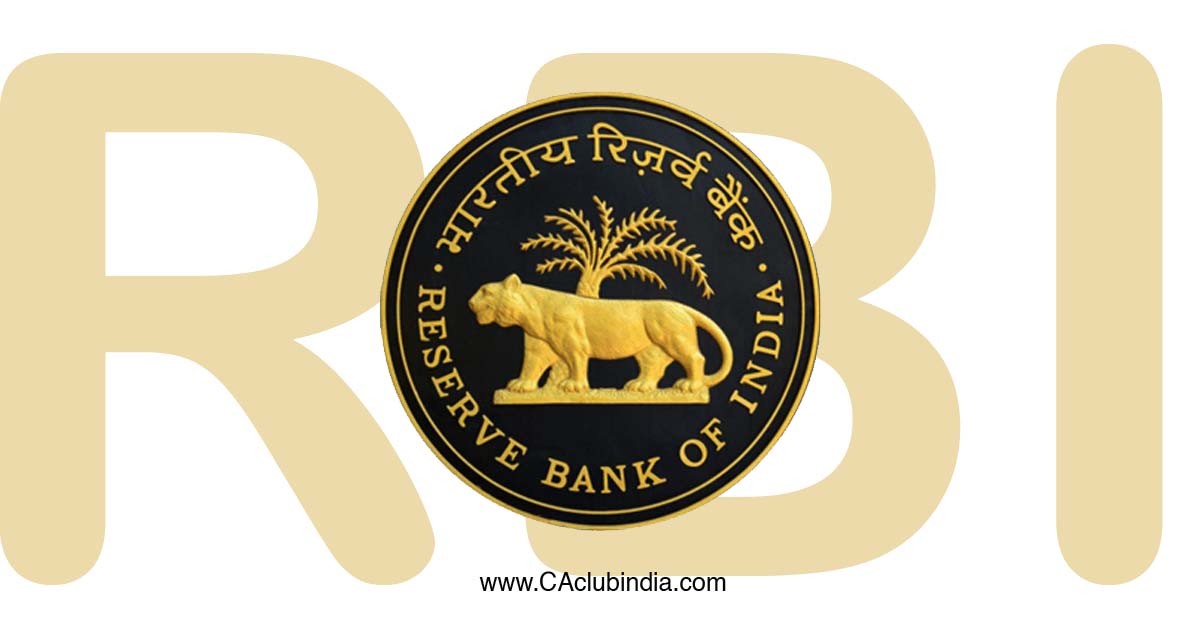The Reserve Bank of India have announced a 25 basis points cut in the repo rate, bringing it down to 6.25% from 6.5%, this even resulted a fall in stock market. It was the first rate cut in last five years and signals a shift in the central bank's monetary policy to support the economic growth. The decision is expected to have major implications for the businesses, consumers, as well as the overall financial system. By this article we will analyze the key impacts and challenges arising from this move.

What is Repo Rate?
The repo rate is the rate at which the RBI lends money to commercial banks like Axis Bank, Bank of Baroda, Bank of India, and State Bank of India etc for short-term liquidity needs. It is a important tool to control inflation, manage the liquidity, and influencing overall economic activities. A cut in the repo rate makes borrowing cheaper for banks, which in turn is expected to lower lending rates for businesses as well as individuals.
What are the benefits of the move of RBI to cut repo rates?
First one is it helps in boosting economic growth, as the rate cut makes borrowing cheaper for businesses, encouraging them to expand and invest more, benefitting the consumers from lower interest rates on home, auto, and personal loans, leading to increased spending. Higher demand across various sectors can drive GDP growth and employment generation.
Second is lower borrowing costs in which banks are likely to pass on the rate cut to consumers, reducing loan interest rates, making these floating-rate loans for housing, automobiles, and MSMEs lighter, that means it will see lower EMIs, easing financial pressure. Large corporations will find it more attractive to raise funds via bank loans instead of by issuing corporate bonds.
It should have positive impact on the stock market, as Lower interest rates enhance corporate profitability, leading to positive investor sentiment as rate-sensitive sectors like banking, real estate, and automobiles are expected to benefit the most. Increased liquidity in the financial system often leads to higher stock market participation.
But why it fell today?
Despite the RBI's 25 bps repo rate cut to 6.25%, the stock market fell due to a combination of factors such as weak economic growth concerns, inflation risks, and foreign investor outflows. A rate cut is often seen as a response to slowing demand, which can create uncertainty among investors.
Additionally, if the cut was already priced in, markets may witness profit booking in rate-sensitive sectors like banking, real estate, and automobiles. The potential depreciation of the rupee, rising import costs, and concerns over banking sector margins can also weigh on sentiment.
Furthermore, global factors such as tightening monetary policies by the US Federal Reserve or geopolitical uncertainties may be causing foreign investors to withdraw funds, leading to broader market weakness. While lower interest rates are generally positive for equities in the long run, the immediate reaction depends on broader economic conditions and investor expectations.
Forth benefit is reduction in government borrowing costs as a lower repo rate leads to a decline in bond yields, reducing the government's cost of borrowing, this can help manage the fiscal deficit more efficiently and allow greater public investment in infrastructure and welfare schemes.
Challenges and Risks Associated with the Rate Cut
Inflationary pressures as lower interest rates can lead to higher consumer spending, potentially driving inflation and if inflation is already high, further liquidity infusion could reduce the effectiveness of monetary policy.
It may impact on the Rupee as a reduction in interest rates may lead to capital outflows as foreign investors seek higher returns in other economies, This could weaken the INR against the US dollar, increasing import costs (especially crude oil), which may further fuel inflation.
Delay transmission to borrowers as banks may not immediately lower lending rates due to their need to balance deposit rates, this rate transmission in India has historically been slow, meaning borrowers may not see immediate relief.
Excess liquidity can lead to speculative investments in real estate and stock markets, creating financial instability. RBI may need to balance monetary policy to prevent asset bubbles.
Impact analysis based on sectors
|
Sector |
Impact |
|
Banking & NBFCs |
Lower cost of funds, but reduced lending rates may impact net interest margins. |
|
Real Estate |
Housing demand may increase due to cheaper home loans. |
|
Automobile |
Lower EMIs may drive vehicle sales growth. |
|
Infrastructure |
Reduced project financing costs boost investments in roads, ports, and power. |
|
Stock Market |
Positive sentiment, with banking and real estate stocks expected to rally. |
|
Bond Market |
Yields on government and corporate bonds may fall, benefiting debt mutual funds. |
|
Currency Market |
INR may weaken if foreign capital exits due to lower interest rate differentials. |
Conclusion
The repo rate cut to 6.25% is a big step by the RBI to stimulate economic growth. While it provides a much-needed boost to borrowers, businesses, and financial markets, risks such as inflation, currency depreciation, and asset price bubbles need to be carefully managed. The long-term impact will depend on how effectively banks pass on the rate cut to consumers and how well the economy responds to the increased liquidity. Policymakers will need to balance growth with financial stability to ensure sustainable economic progress.
The author can be contacted at aman.rajput@mail.ca.in






 CAclubindia
CAclubindia

